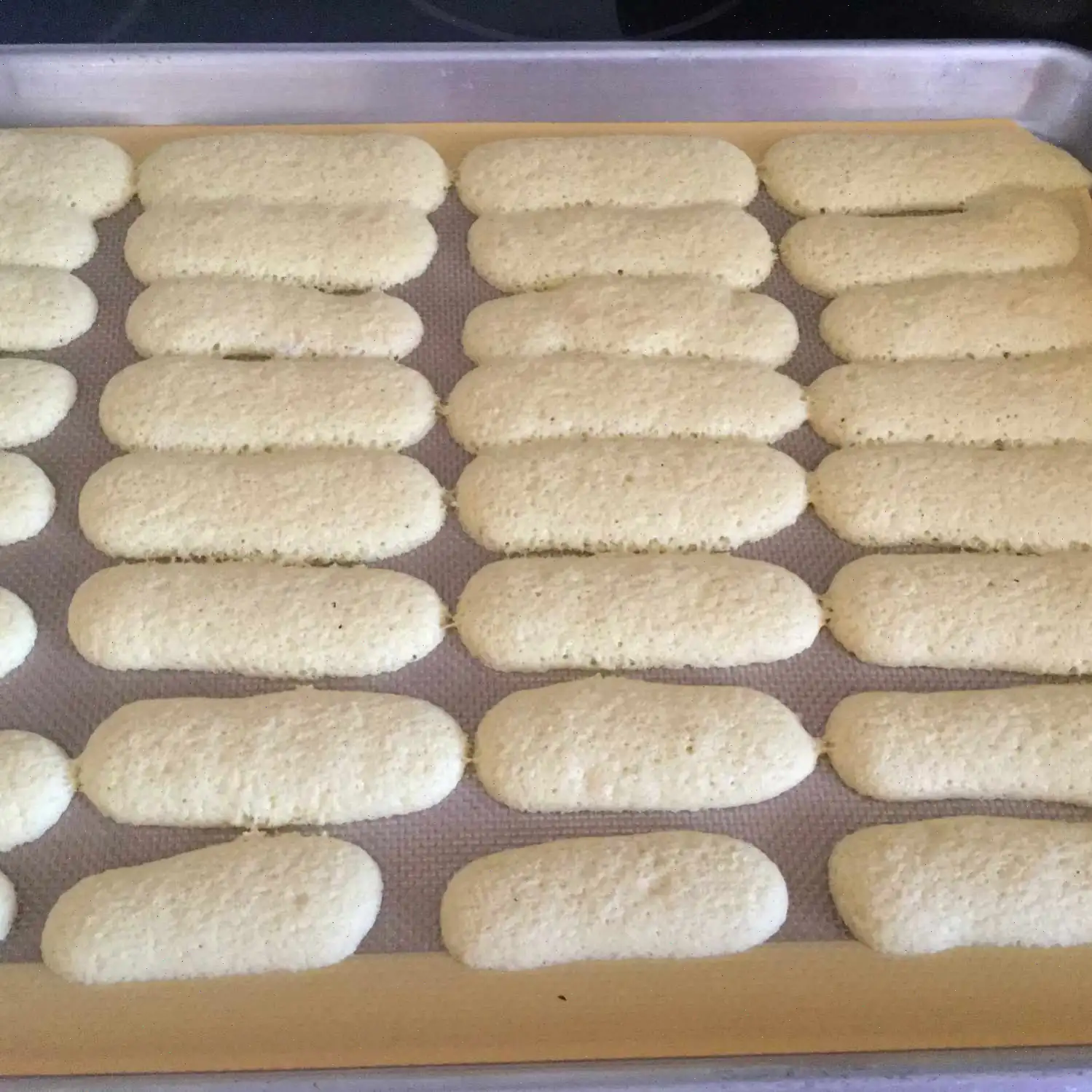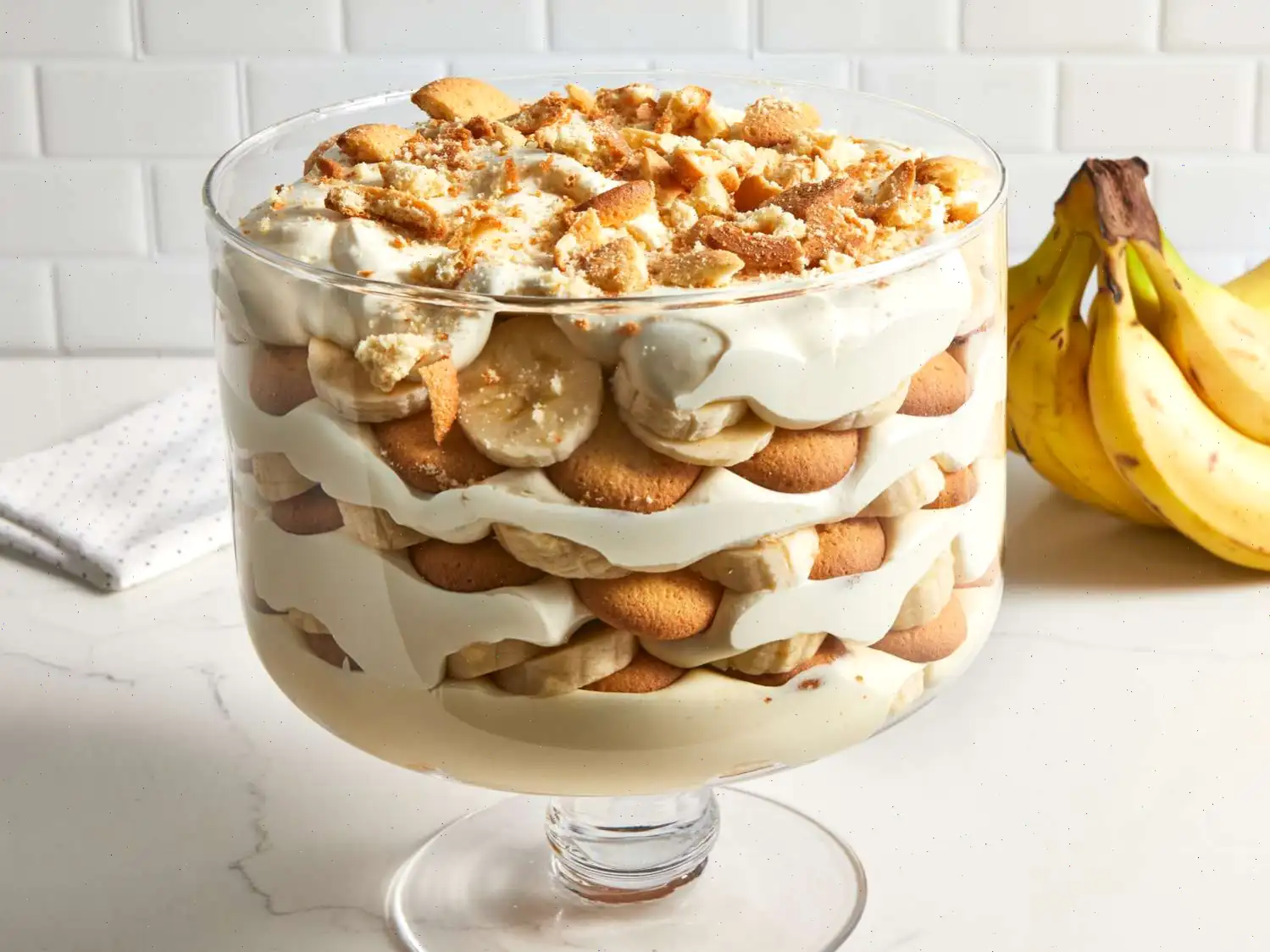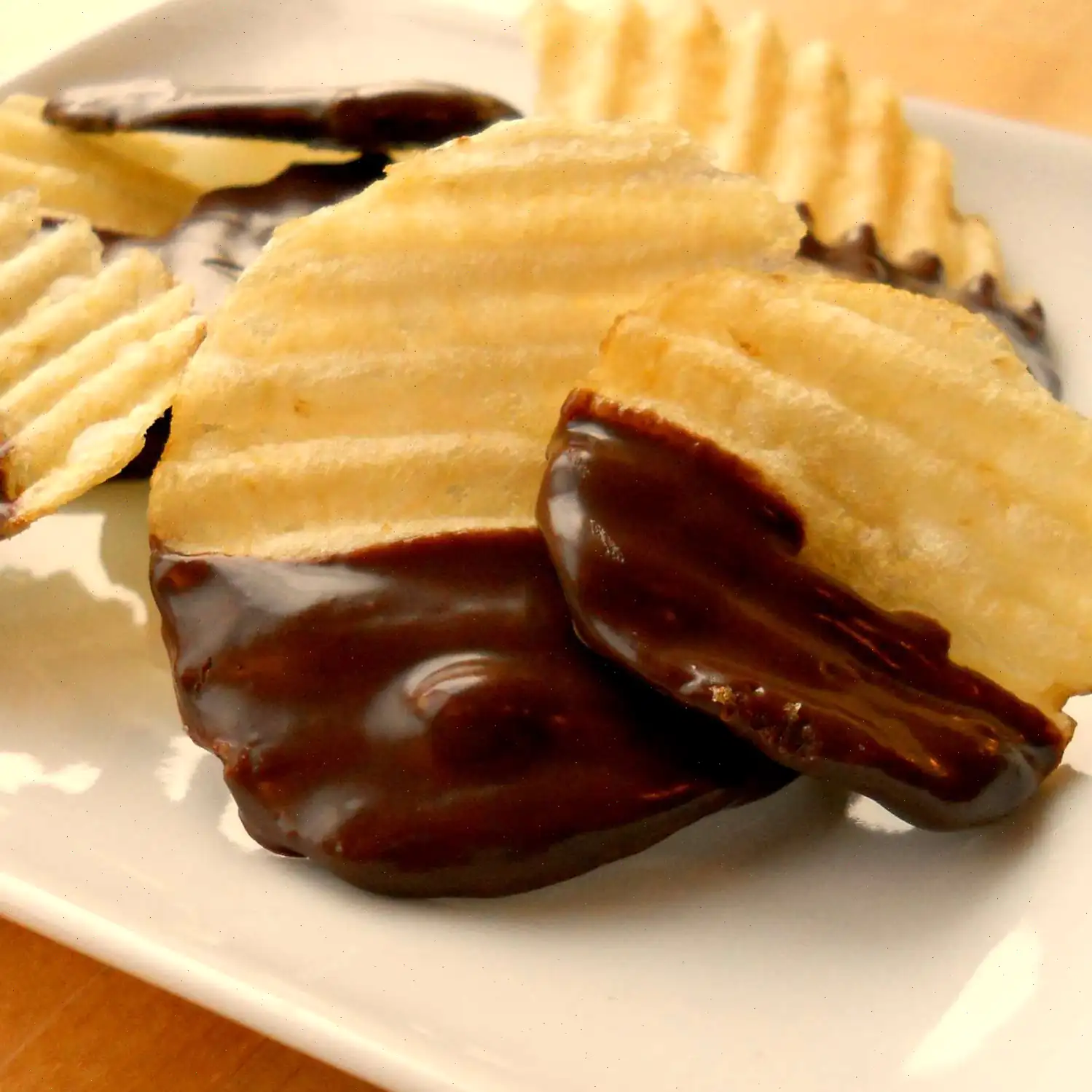
Old Country Springerle Recipe
Ingredients
- 1 pound confectioners' sugar
- 4 eggs, beaten well
- 2 teaspoons boiling water
- 2 tablespoons anise seed
- 1 tablespoon lemon zest
- 4 cups sifted all-purpose flour
- 2 teaspoons baking powder
Directions
- In a large bowl, beat the confectioners' sugar and eggs together until thick and creamy.
- Place the anise seed in a small bowl. Pour the boiling water over the seeds, and let the mixture steep for 2-3 minutes.
- Incorporate the anise-water mixture and lemon zest into the egg-sugar mixture, beating until combined.
- Sift the flour, then measure it again. Sift the flour once more, this time adding the baking powder, and mix into the egg mixture. Beat until a dough forms.
- Divide the dough into flat rounds, wrapping each in wax paper. Refrigerate the dough for 1 hour.
- After chilling, roll the dough out on a surface lightly dusted with confectioners' sugar. Roll it to a 1/4-inch thickness.
- Using a springerle roller, shape the cookies. Repeat this process with the remaining dough rounds.
- Cover the shaped cookies with a towel and let them dry for at least 6 hours, or up to overnight.
- Transfer the dried cookies onto baking sheets.
- Preheat your oven to 375F (190C). Bake the cookies in batches until the edges turn lightly golden, about 12 to 15 minutes.
Nutrition Facts
Each serving contains:
- Calories: 82
- Total Fat: 1g (1% DV)
- Saturated Fat: 0g (1% DV)
- Cholesterol: 16mg (5% DV)
- Sodium: 27mg (1% DV)
- Total Carbohydrates: 18g (6% DV)
- Dietary Fiber: 0g (1% DV)
- Total Sugars: 9g
- Protein: 2g (3% DV)
- Calcium: 17mg (1% DV)
- Iron: 1mg (4% DV)
- Potassium: 21mg (0% DV)
* Percent Daily Values are based on a 2,000-calorie diet. Your daily values may be higher or lower depending on your calorie needs.
Old Country Springerle is a traditional German cookie that has been cherished for centuries. Known for its distinctive appearance and unique flavor, this biscuit is a sweet, anise-infused treat that has become synonymous with holiday celebrations. The name Springerle comes from the German word springen, which means to jump or to spring, referring to the way the cookies "jumped" or leapt when baked, as they puffed up and expanded in the oven.
Origin of Springerle
Springerle cookies originated in the Swabian region of Germany, particularly in the areas surrounding the Black Forest. The tradition of baking these delicate biscuits dates back to the 14th century. Early versions of Springerle were often molded with intricate designs, depicting religious or folk motifs. These cookies were not only a treat but also served as a form of artistic expression. They were typically made during the Christmas season, where families would gather to prepare the dough and mold the cookies, creating a festive and communal atmosphere.
Regional Differences
Although Springerle is most closely associated with Germany, the tradition of baking similar anise-flavored cookies can be found across various European countries. For example, in Switzerland, they are also a popular holiday treat. However, each region has its unique twist on the recipe. In some areas of Germany, Springerle might be flavored with other spices or decorated with different designs, reflecting local tastes and customs. The use of the Springerle rolling pin, with its carved designs, is a distinctive feature of these cookies, and it can vary in shape depending on the region where the cookie is made.
What Sets Springerle Apart?
One of the main differences between Springerle and other similar cookies is the texture. Unlike most cookies, which are soft and chewy, Springerle is firm and crunchy. This is due to the drying process the cookies undergo before baking, which gives them a dense structure. The use of anise seed also sets Springerle apart, giving them a distinct licorice-like flavor that is not commonly found in many other cookies. The traditional method of rolling the dough with a carved rolling pin adds a unique visual appeal to the cookies, making them a work of edible art.
Where to Serve Springerle
Springerle is traditionally served during the holiday season, particularly around Christmas. It is common to find them at festive gatherings, Christmas markets, and in the homes of families celebrating the season. They are often given as gifts, especially in Germany, where they are considered a symbol of good luck and prosperity. In recent years, Springerle has gained popularity outside of Germany and is now enjoyed by people around the world, especially those with a love for classic, old-world desserts.
Fun Facts About Springerle
- The intricate designs on Springerle cookies were originally pressed using a carved wooden rolling pin, known as a "Springerle roller." These rollers were often passed down through generations, becoming treasured family heirlooms.
- Some German families still follow the custom of making Springerle cookies on the Feast of St. Nicholas, which is celebrated on December 6th.
- The drying process for Springerle is essential to their signature texture. The cookies are typically left to air dry for up to 24 hours before baking, allowing the design to harden and preventing it from losing its shape during baking.
- Springerle was often associated with well-wishes and blessings. Some families would create cookies with religious images, such as angels or nativity scenes, to bless their homes during the holiday season.
Today, making Springerle cookies is not just a culinary experience but also a connection to centuries of tradition. Whether you are baking these cookies for a festive occasion or simply to experience a piece of history, Springerle continues to captivate the hearts of many with its unique flavor, history, and craftsmanship.
FAQ about Old Country Springerle Recipe
Comments
Raymond Jackson
12/03/2022 01:54:22 AM
I have been making these cookies for my husband for over 30 years. I discovered this recipe last year, and he mentioned that these cookies finally taste just like he remembers from his childhood.








